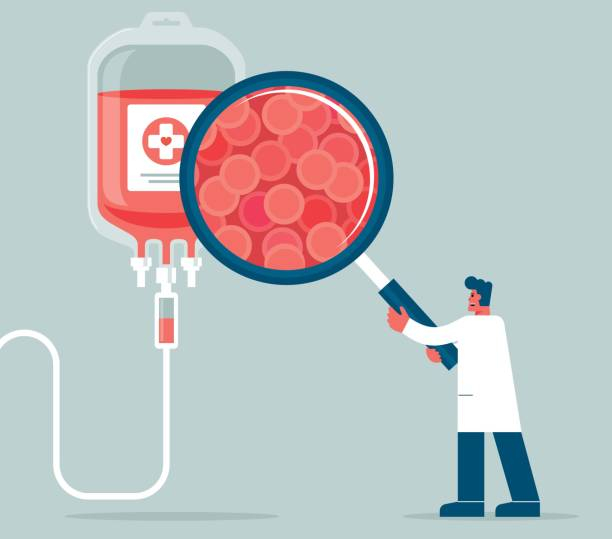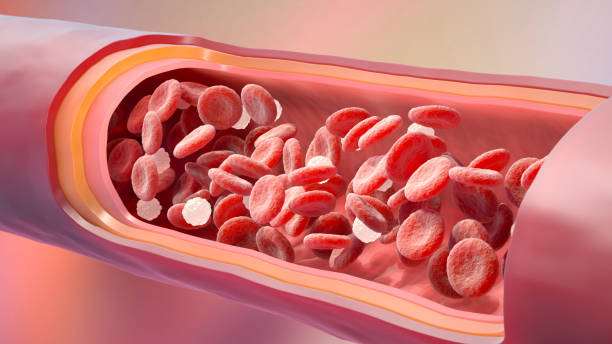What do plasma, red blood cells, and white blood cells have to do with blood?
Red blood cells are the most prevalent form of blood cell and are in charge of transporting oxygen from the lungs to the tissues of the body. A nutritious diet rich in key minerals and vitamins helps provide an appropriate quantity of red blood cells. White blood cells, platelets, and plasma are all key components of the blood. Iron is a mineral found in food that is necessary for human health. Vegetarians should exercise caution when it comes to iron consumption.
Plasma is a bright yellow fluid liquid that makes up more than half of your blood. Plasma includes nutrients and trash, as well as chemicals and substances required for clotting, or closing a cut before too much blood escapes. The remaining blood is made up of microscopic cells. The majority are red blood cells, which deliver oxygen throughout your body and transport the waste gas carbon dioxide from your lungs. White blood cells, which defend you from illness by fighting and killing disease-causing microorganisms that enter your body, are the surviving cells. The smallest cells in your body are red blood cells.
What they lack in size, they make up for in quantity: 5 million red blood cells may be found in a drop of blood the size of the head of a pin. 10,000 white blood cells and 250,000 platelets, little ovals of substance that cluster whenever a blood artery is broken to seal the hole and help form a clot, are also present in the same drop.

















